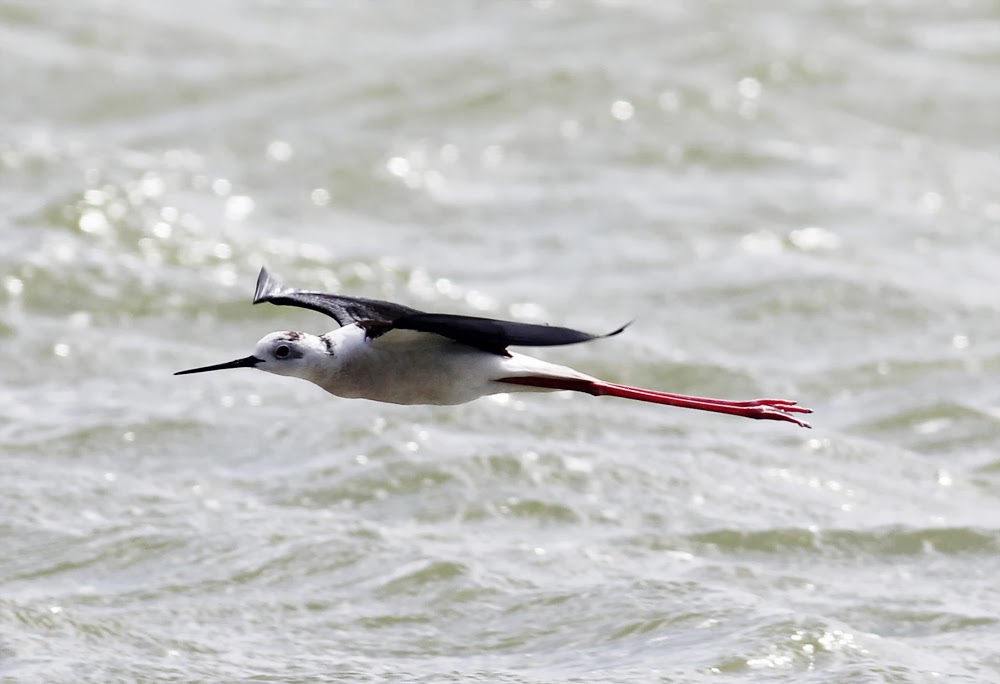For today’s post there are more pictures from our recent holiday to Lanzarote. There lots of them so "click the pics" for a continuous slide show; and I hope everyone likes egrets!
One of the easiest spots to see the endemic Berthelot’s Pipit is strangely enough one that is overrun with tourists, just off the road from Yaiza at the Islote de Hilario visitor centre for camel rides en route to Timanfaya.
Traditionally, the farmers of Lanzarote used camels to help cultivate the dry, difficult land. They were brought from the nearby African mainland. Today the camels have been replaced in farming, but a tradition of caring for them survives. The remaining camels earn their living by carrying visitors over the rough terrain of the Timanfaya National Park. At the camel station there is a small but very interesting museum, showing how farmers used to work with the camels. Displays of harness and farming equipment, and old photographs of the work, bear witness to the resilience of both man and beast in the harsh landscape.
I met up with national park worker who takes a break in the car park where he shares his lunch of Lanzarote cheese with a regular group of 10/12 Berthelot’s Pipit’s. Continually active and dashing around constantly the tiny pipits are not easy to photograph, and because of light reflections from the volcanic rock, it’s best to set the camera to underexpose. Wander not too far away and there might be a Cattle Egret or two stalking though the dry landscape.
Berthelot's Pipit
Berthelot's Pipit
Camels at Islote de Hilario, Lanzarote
Camel rides at Islote de Hilario, Lanzarote
Cattle Egret
Cattle Egret
On this particular day we stopped off at the old port of Puerto del Carmen hoping to see a few birds in the marina. There were a couple of Little Egrets, several Turnstones, 2 Common Sandpipers and lots of Yellow-legged Gulls hanging around the tied up fishing boats,all hoping to snatch a meal from anything the fishermen had overlooked. It was clear that the birds involved had a regular beat, inspecting each fishing boat in turn, the egrets in particular paying special attention to the boxes and containers that had recently held fish. It's interesting that the local Turnstones have learnt to forsake the rocky shore to turn over instead the bric-a-brac on decks of fishing boats.
The colourful old boats made for some brightly hued backdrops.
Little Egret
Little Egret
Little Egret
Little Egret
Little Egret
Little Egret
Little Egret
Little Egret
Common Sandpiper
Turnstone
Turnstone
Turnstone
Common Sandpiper
Yellow-legged Gull
Log into Another Bird Blog soon for more news, views and pictures. I'm still working through Ten Thousand Birds: Ornithology since Darwin but a review will appear on here very soon.
Linking today to Anni's Birding Blog , Eileen's Saturday Critters and Camera Critters .
Linking today to Anni's Birding Blog , Eileen's Saturday Critters and Camera Critters .






























































.jpeg)



.jpg)












